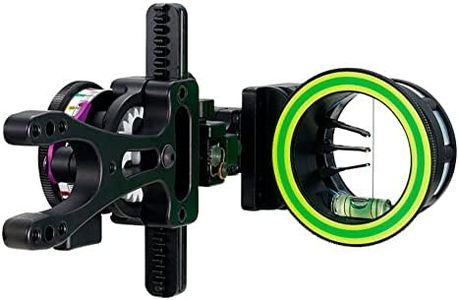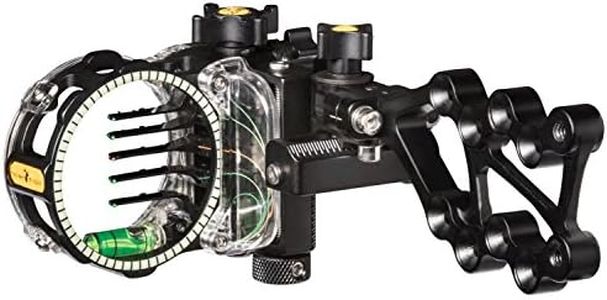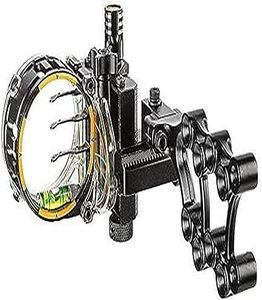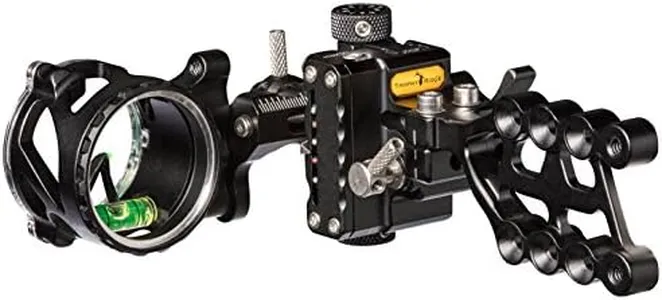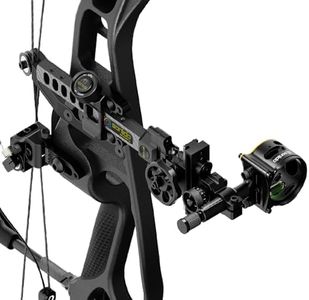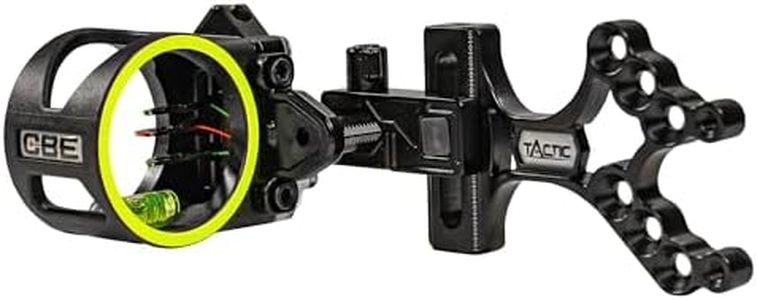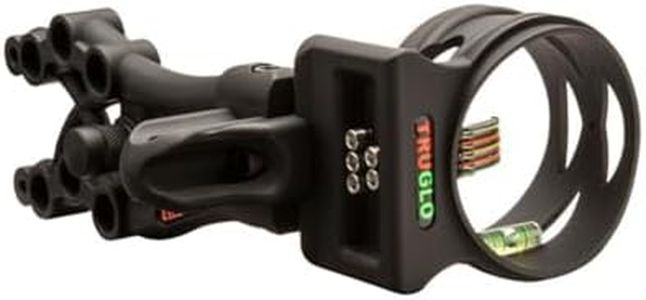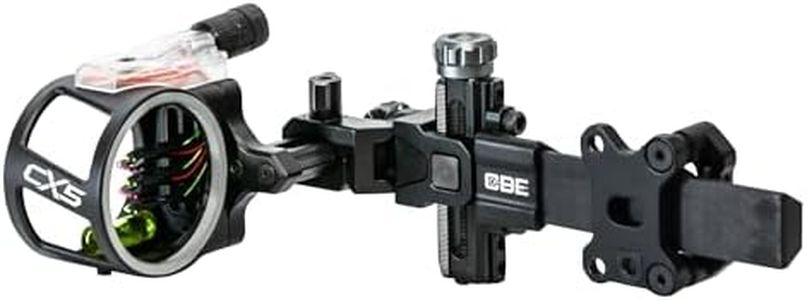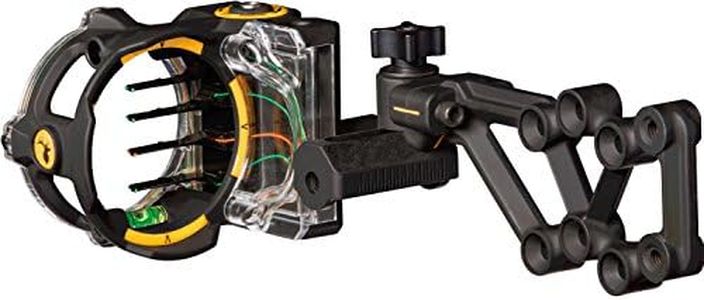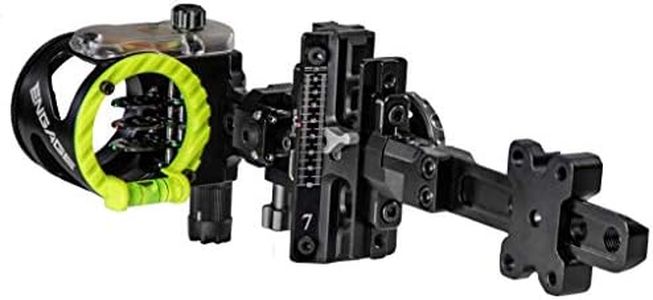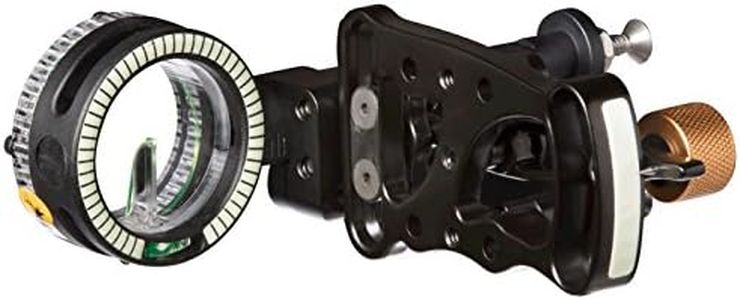We Use CookiesWe use cookies to enhance the security, performance,
functionality and for analytical and promotional activities. By continuing to browse this site you
are agreeing to our privacy policy
10 Best Archery Sights
From leading brands and best sellers available on the web.By clicking on a link to a third party's website, log data is shared with that third party.
Buying Guide for the Best Archery Sights
Choosing the right archery sight can make a huge difference in your accuracy and overall experience, whether you're a beginner learning the basics or an enthusiast looking to improve your performance. It's important to understand what features matter for your style of shooting, how these features impact your comfort and precision, and what makes one sight better suited for you over another. Knowing more about key specifications will help you confidently pick a sight that matches your needs and helps you progress as an archer.Number of PinsThe number of pins in a sight defines how many preset distances you can quickly aim for. Having a single pin provides a clear, uncluttered view and requires manual adjustment for different distances, making it great for target archery or situations where you have time to adjust. Multiple pins (like three, five, or seven) let you quickly shoot at different distances without making adjustments, which is helpful for hunting or 3D shooting. If your shooting is mostly at fixed ranges, a single pin might work best, while varying distances on the field would benefit from multiple pins.
AdjustabilityAdjustability refers to how easily and precisely you can change your sight to match different distances or shooting conditions. Fixed sights can be set for specific distances and left as is, while adjustable sights let you slide or dial to set any distance, offering more flexibility. If you often shoot at changing ranges or want to fine-tune your aiming point, an adjustable sight will serve you well. For casual shooting at known distances, a fixed sight is simpler and works great.
Pin BrightnessPin brightness is about how easy it is to see the sight pins in different lighting conditions. Some pins use fiber optics or have extra lighting for visibility in low light. Brighter pins help you see your aiming point clearly at dawn or dusk, which is particularly useful for outdoor use or hunting. If you shoot mostly indoors or in good daylight, standard pins are usually sufficient. If you plan to shoot in a variety of light conditions, opt for sights with enhanced brightness features.
Material and Build QualityThe material and build quality determine how durable and stable your sight is on the bow. Metal sights are generally tougher and resist bending or damage, which is important if you use the sight outdoors or want it to last a long time. Plastic models are lighter but might not withstand heavy use as well. If you're active outdoors or want maximum reliability, go for higher build quality. If the sight is for occasional or light use, lighter materials might be just fine.
WeightThe weight of your sight affects the overall balance and feel of your bow. Heavier sights may make your bow feel steadier for more controlled aiming, but they can also make it more tiring to hold for long periods. Lightweight sights are easier to carry and keep your setup nimble, which can be helpful for hunting or shooting on the move. Choose a weight that feels comfortable and balances well with your bow for your typical shooting sessions.
Ease of InstallationEase of installation is all about how quickly and simply you can attach and set up the sight on your bow. Some sights require tools for each adjustment or mounting, while others offer tool-less adjustments for speed and convenience. If you like tweaking your setup often or want to switch your sight between bows, pick a design that's straightforward to mount and adjust. For a set-it-and-forget-it approach, installation steps are less critical.
